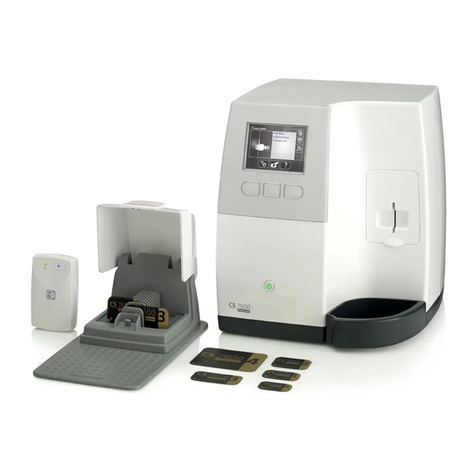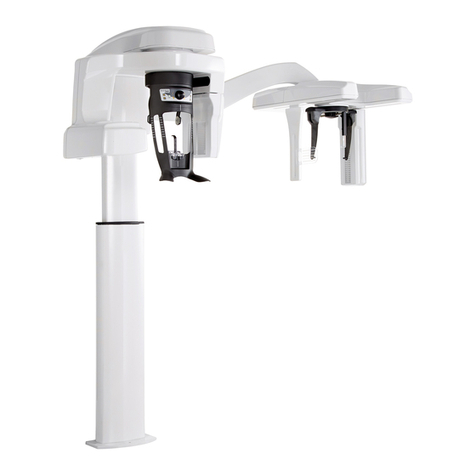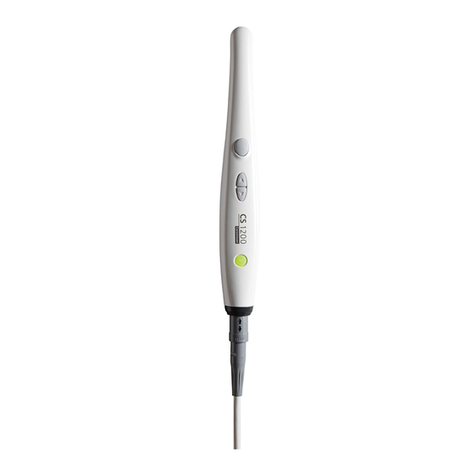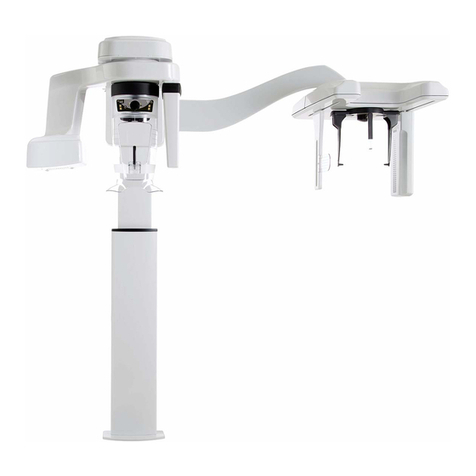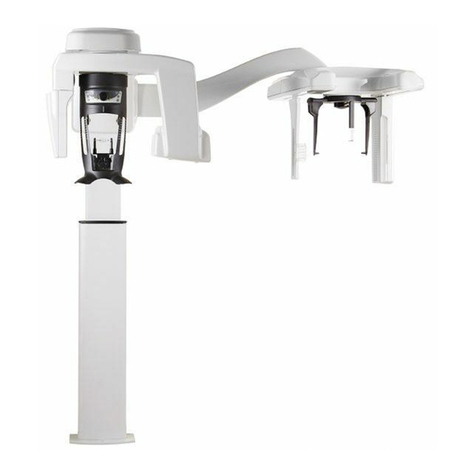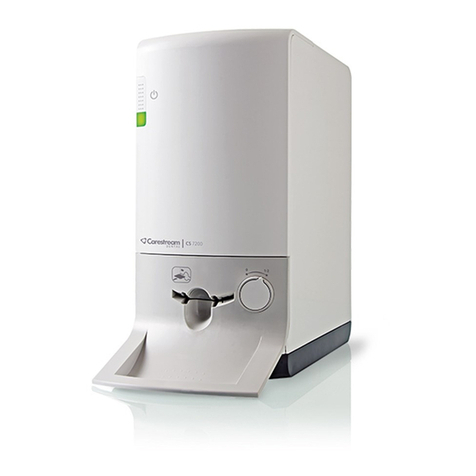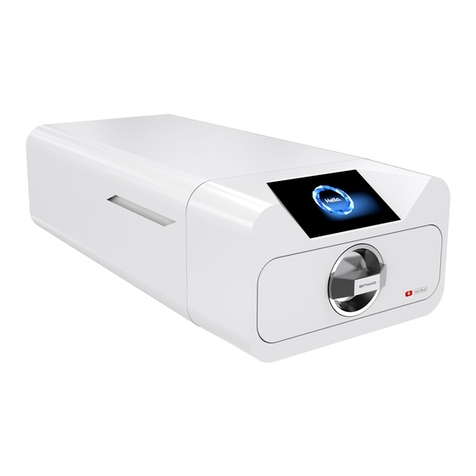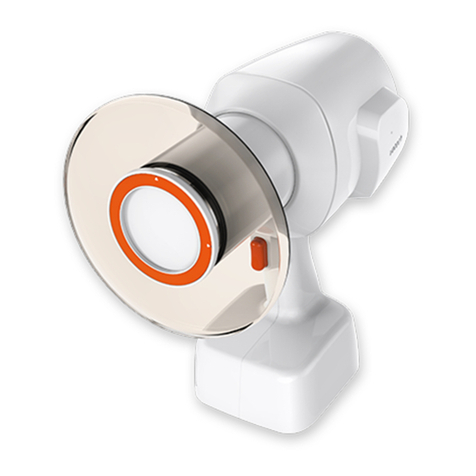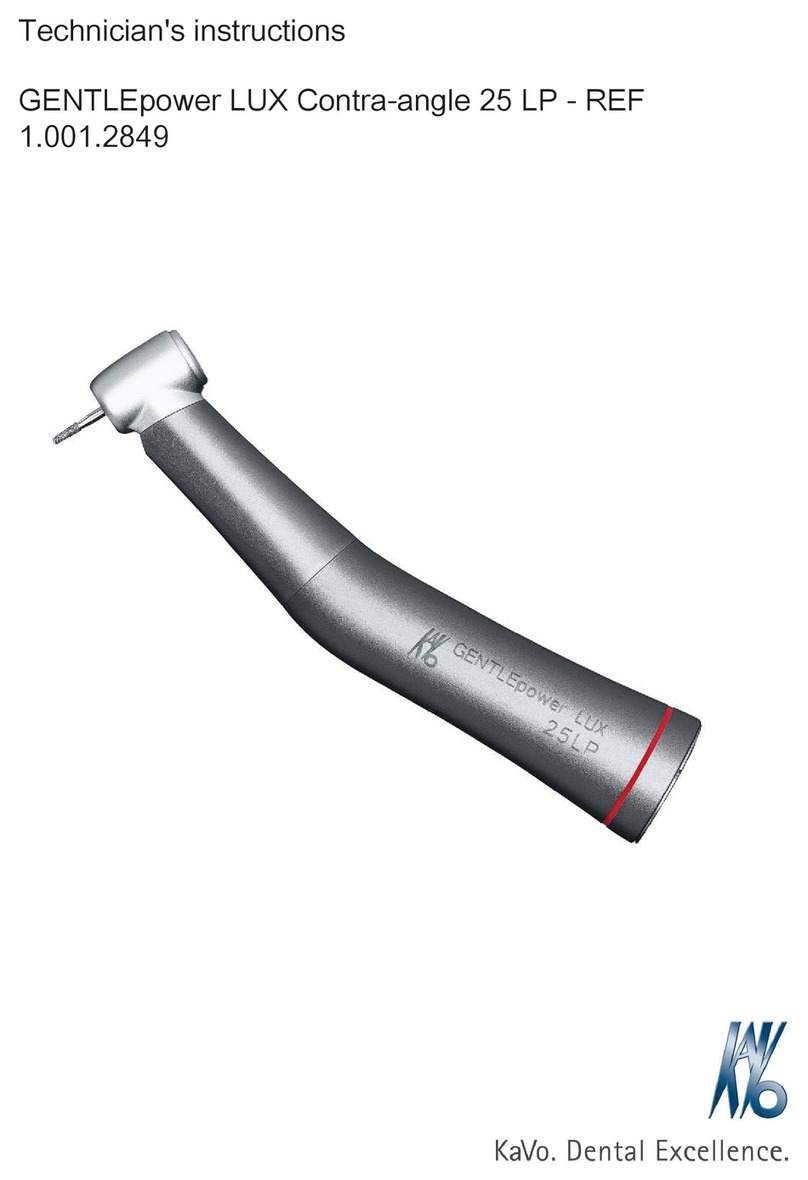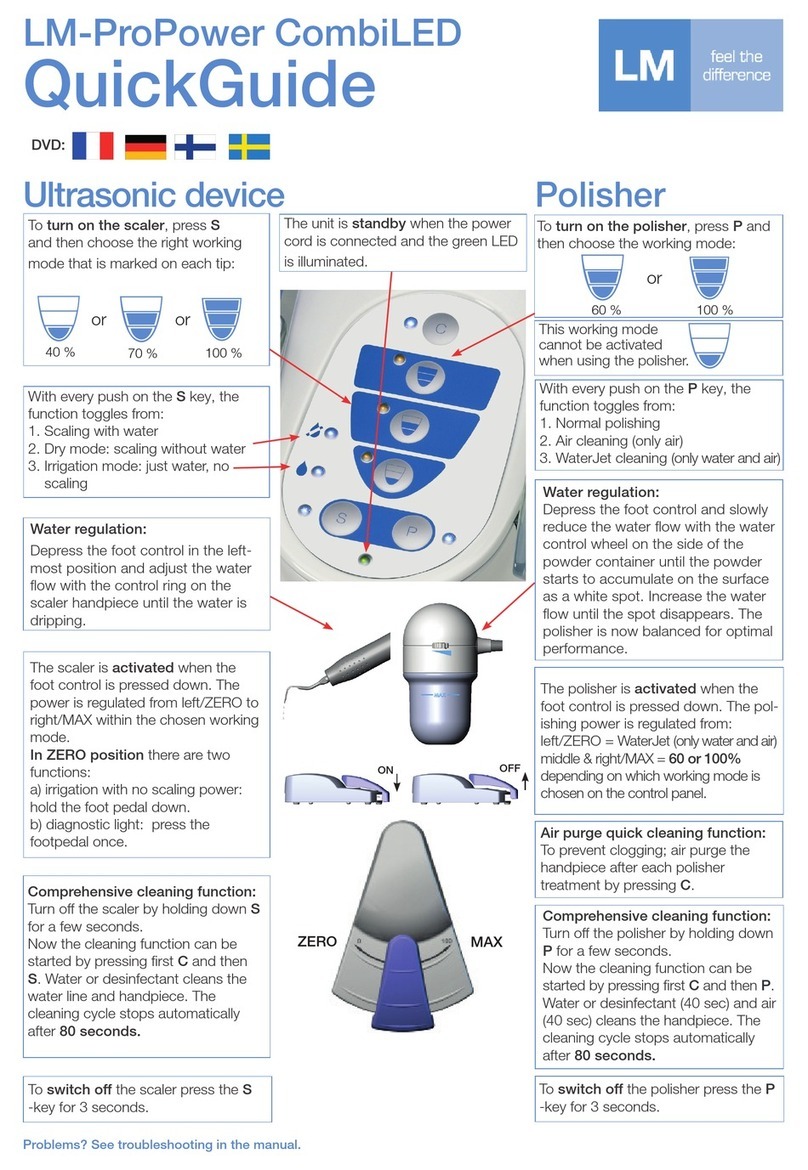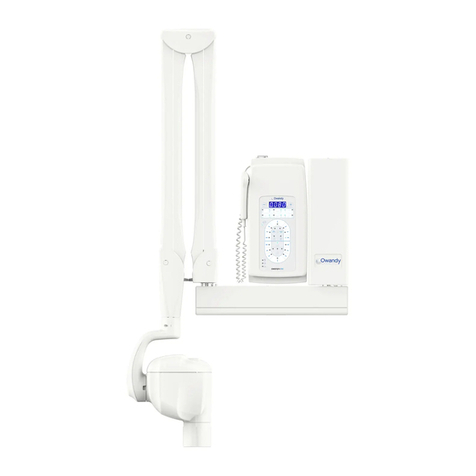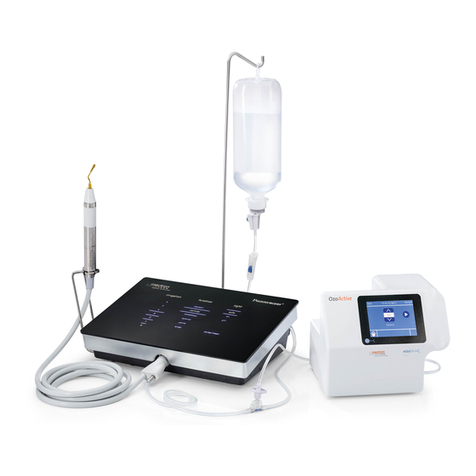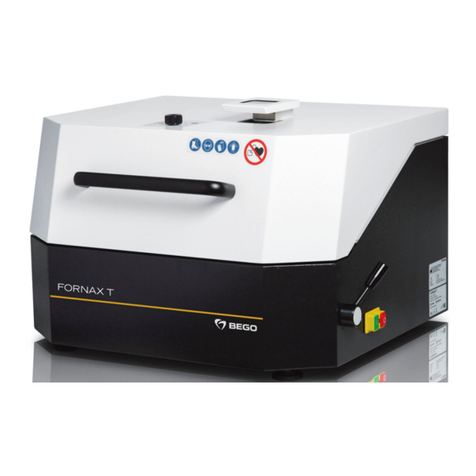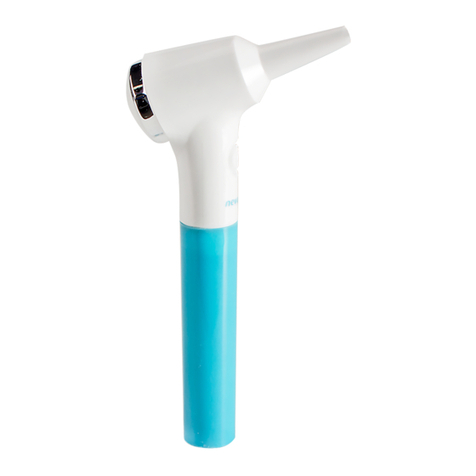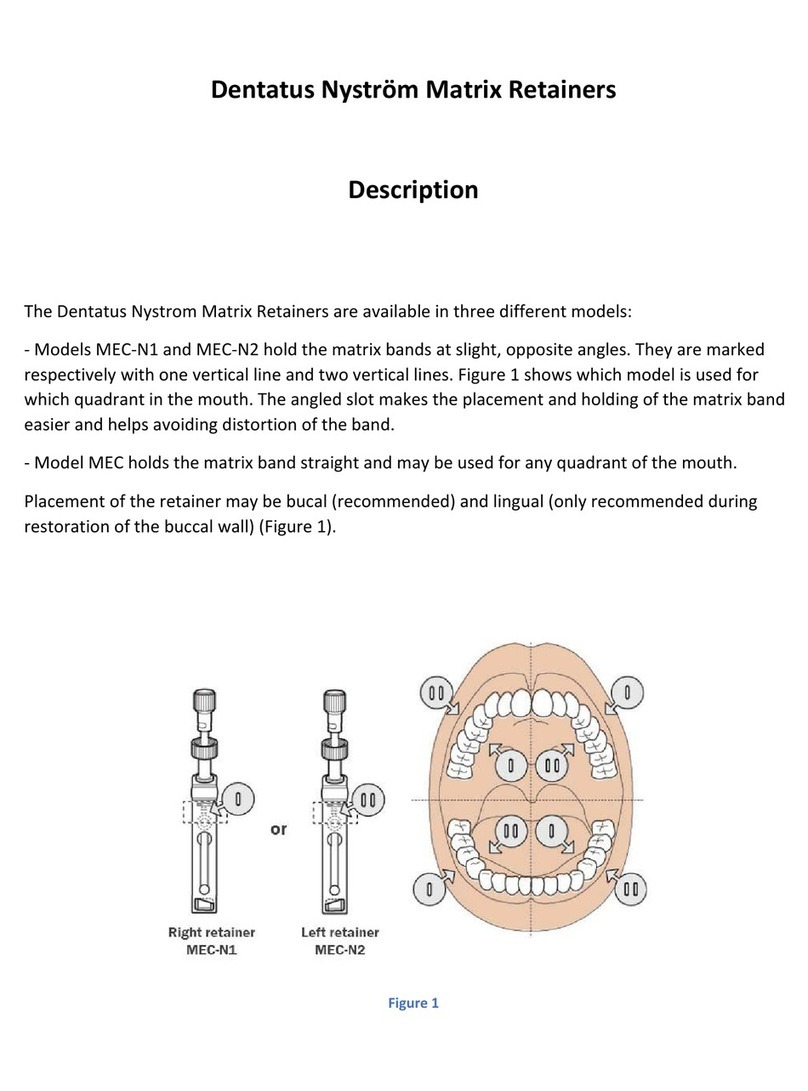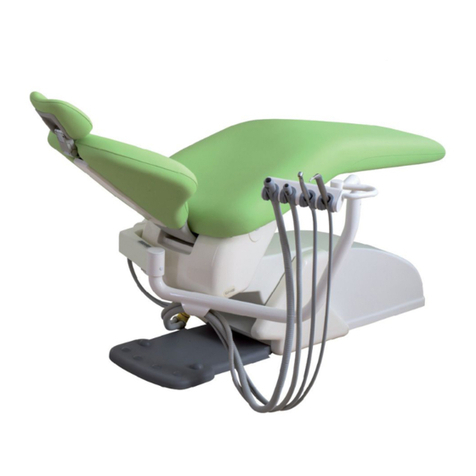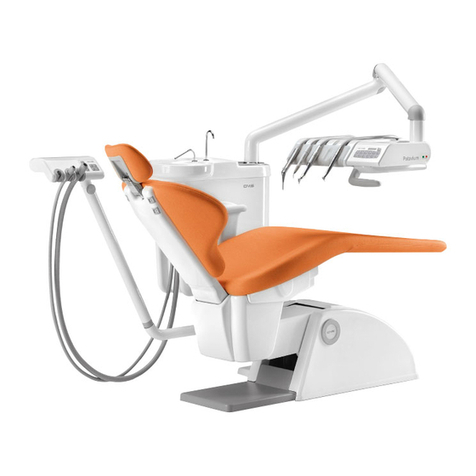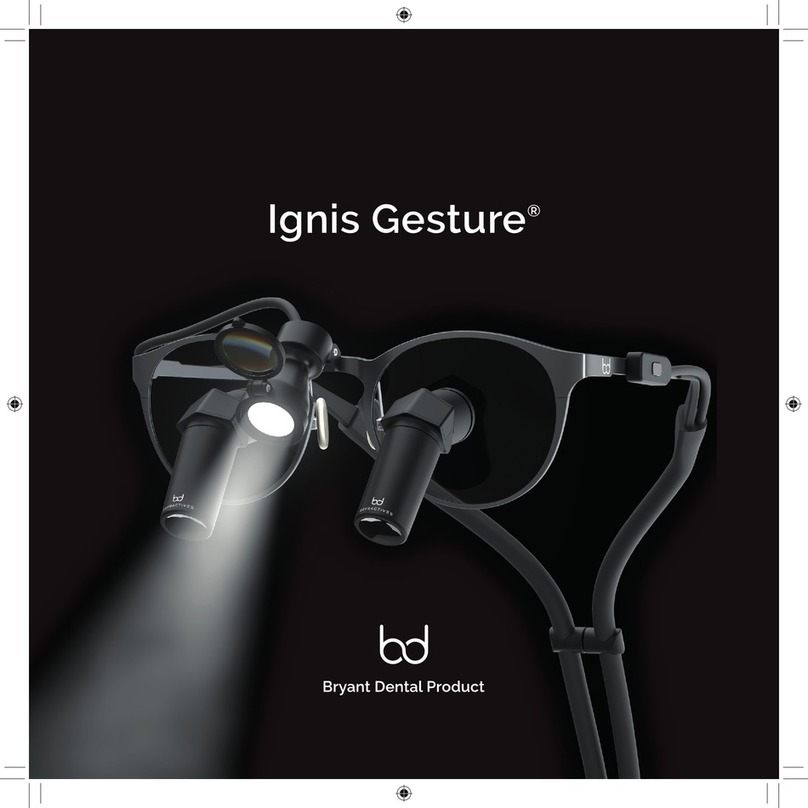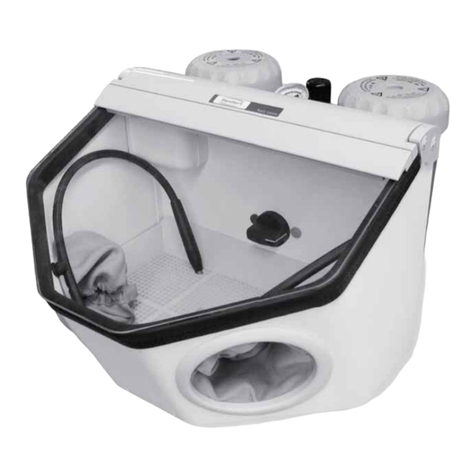
CS 1500 Intraoral Camera Safety and Regulatory Guide
(9H0953)_Ed04 3
•DO NOT expose the camera to high vibrations.
•DO NOT expose the camera to ultraviolet radiation for a
long period.
•Any other equipment not complying with IEC60601
shall be out of patient environment.
•DO NOT remove the cover of any camera components.
For any repairs, contact a qualified Carestream service
technician.
•DO NOT replace the cables provided with the camera
with other cables. Doing so may damage the camera.
•DO NOT replace the power adapter provided with the
camera with any other power adapter. Substitutes may
not provide the required protection against electric
shocks.
•If the equipment is faulty, turn it OFF, display an “Out of
Service” notice, and contact a service technician.
•Using components, accessories, and spare parts other
than those specified, with the exception of those sold
by the manufacturer of the equipment, may result in a
lower level of security and may be hazardous.
•Do not stare at the LED emission window.
•No modification of this equipment is allowed.
•Additional multiple outlet strips or extension cords
should not be connected to the system.
•To power off the device, push the power button for 3
seconds. To isolate the device from the mains supply,
unplug the USB/AV/S-Video cables and the adapter
from the power outlet.
